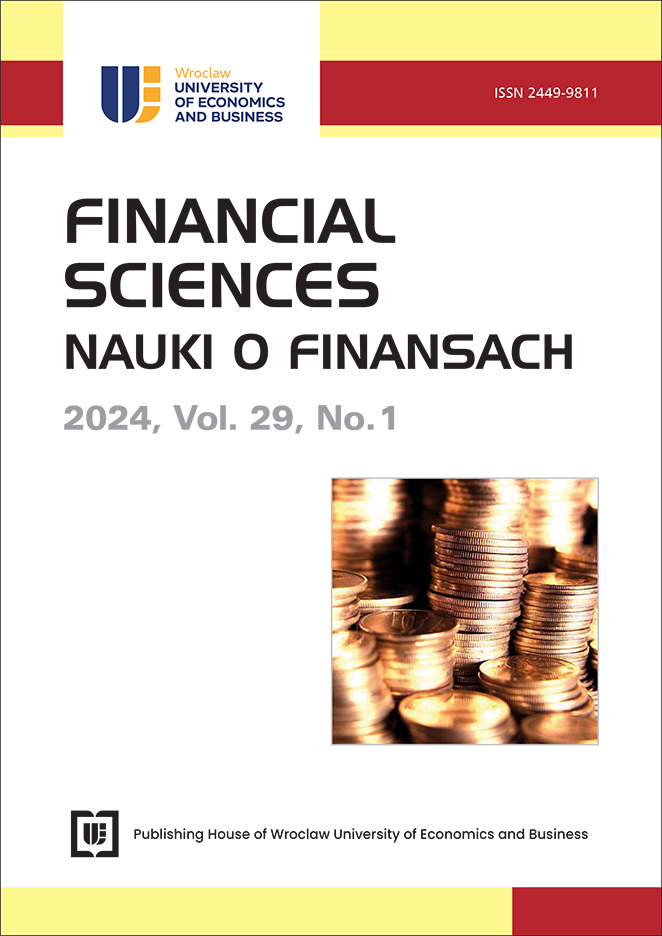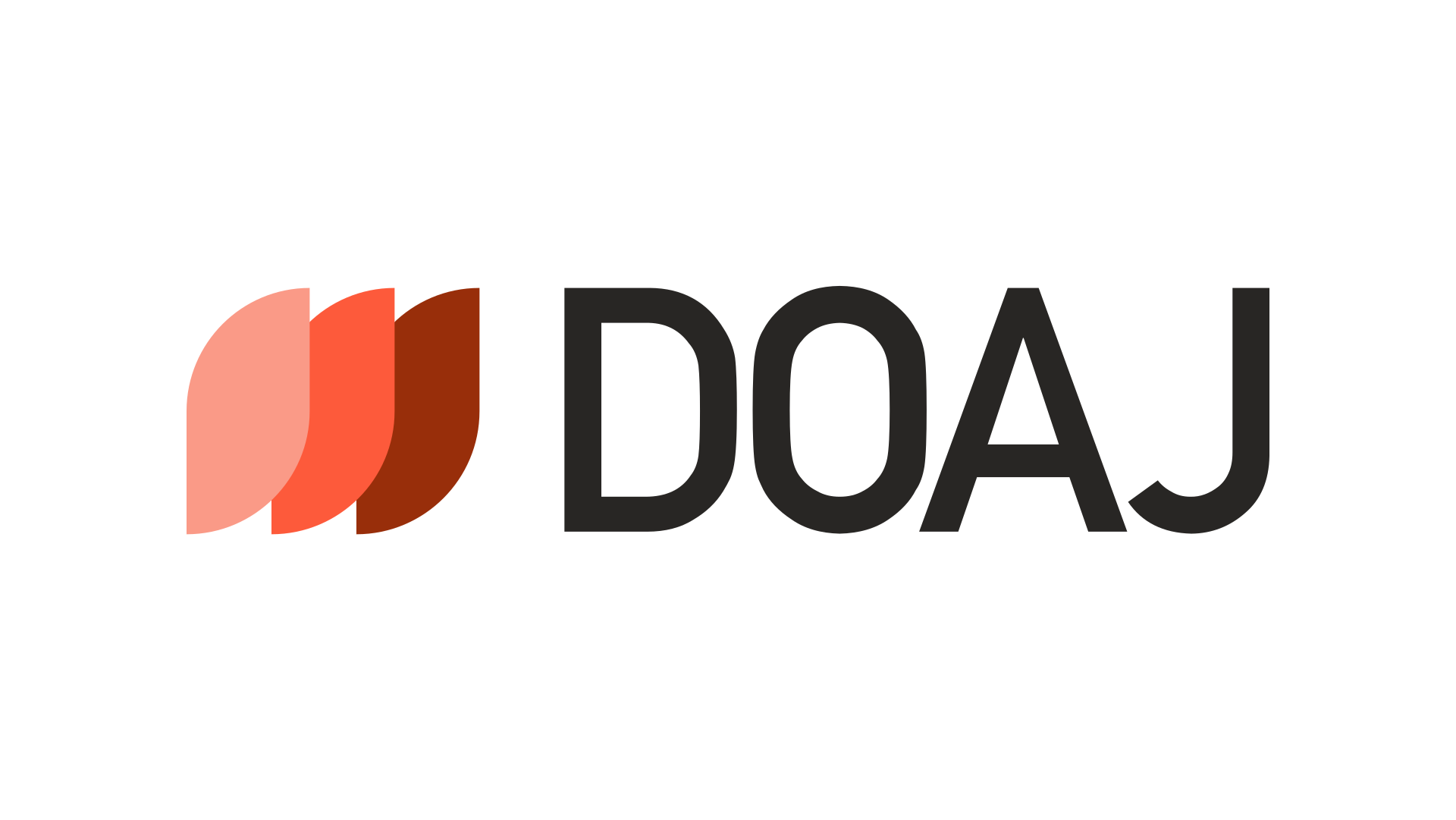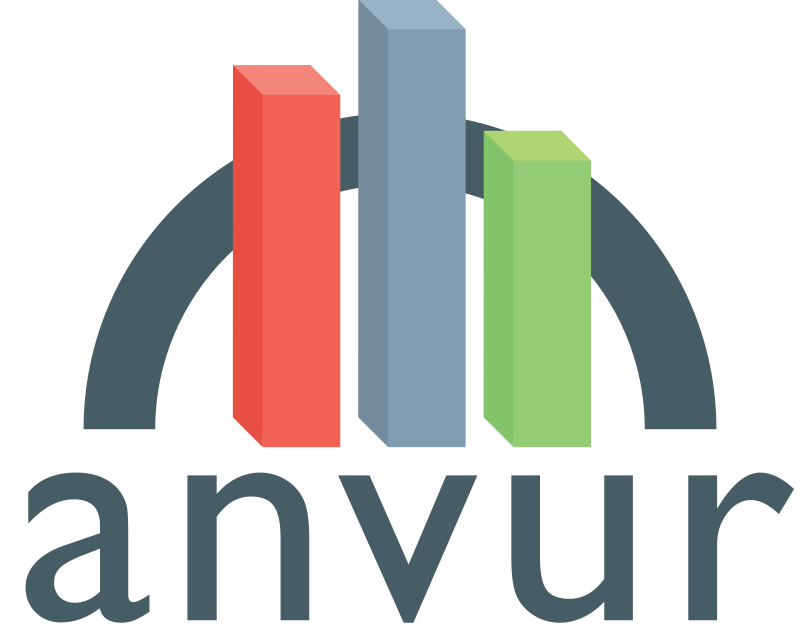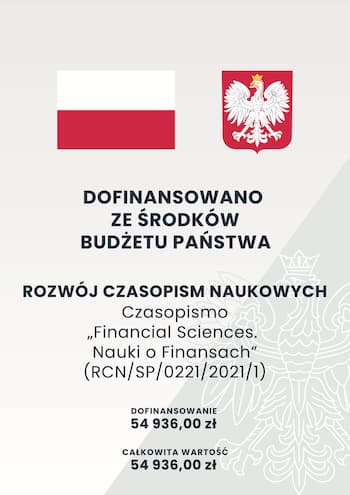Do the Current Accounting Regulations Facilitate the Creation of Provisions for Risks Related to IT Systems?
Keywords:
provisions, risk, IT systemsAbstract
Aim: The research objective of the study was to examine whether accounting regulations clearly and precisely define when and how provisions should be created for the effects of risk in the IT area. Moreover, it was considered whether Polish enterprises create such provisions, and if not, why not.
Methodology: In connection with these research questions, an analysis of the applicable accounting regulations was carried out. Data from the Central Statistical Office were analyzed in terms of the level of provisions created. Additionally, the results of interviews with accountants were described. Finally, an analysis of the financial statements of two banks was conducted in terms of the value of provisions created for risks related to IT systems.
Findings: The analysis of the data from the Central Statistical Office showed a very low level of provisions created by enterprises operating in Poland. As a result of the interviews with accountant, it turned out that the reason for the lack of creation of provisions is the difficulties associated with estimating the amount of such provisions and (relative) sense of security in this respect.
Implications: According to the author, the research conducted and the interviews with accountants indicate the lack of appropriate regulations explaining the methods of creating provisions the effects of risk in the IT area. Education regarding the risks that IT systems may generate also seems to be crucial.
Originality/value: Researchers mainly deal with general analysis of the level of provisions in enterprises. However, there is a lack of research in the literature on provisions for risk effects in the IT area. The conducted research indicates the desired directions of changes in the accounting regulation of the principles and methods of creating provisions.
Downloads
References
Bank Pekao S.A. (n.d.). Relacje inwestorskie. Raporty i sprawozdania. Retrieved September 29, 2024, from: https://www.pekao.com.pl/relacje-inwestorskie/raporty-i-sprawozdania/raporty.html?year=2021&category=annualreports
Białas, M., (2023). Corporate governance jako jeden z czynników mających wpływ na wysokość rezerw podmiotów z branży górniczej w latach 2018–2021. Studia i Prace Kolegium Zarządzania i Finansów SGH, 190, 97-109.
Bochenek, M. (2012). Ryzyko i niepewność w naukach ekonomicznych – rozważania semantyczne. Ekonomia, 4(21), 46-63.
Fersht, P., & Slaby, J. (2012). Robotic Automation Emerges as a Threat to Traditional Low-cost Outsourcing. HfS Research. https://www.horsesforsources.com/wp-content/uploads/2016/06/RS-1210_Robotic-automation-emerges-as-a-threat060516.pdf
Geyer-Klingeberg, J., Nakladal, J., Baldauf, F., & Veit, F. (2018). Process Mining and Robotic Process Automation: A Perfect Match. 16th International Conference on Business Process Management (BPM), Sydney, Australia, Conference Paper, 124–131.
Główny Urząd Statystyczny [The Central Statistical Office]. (n.d.). Retrieved April 13, 2024, from: https://stat.gov.pl/
Gmytrasiewicz, M, & Kierczyńska, U. (2007). Rezerwy w rachunkowości i podatkach. Difin.
Hausner, J. (2019). Przedsiębiorczość i produktywność w gospodarce cyfrowej. In J. Hausner & W. Paprocki (Eds.), Dewiacje finansjalizacji (pp. 114-133 ). CeDeWu.
Iwaszczuk, N. (2021). Ryzyko w działalności gospodarczej: definicje, klasyfikacje, zarzadzanie. Wydawnictwo IGSMiE PAN.
Knight, F. H. (1964). Risk, Uncertainty and Profit, Reprints of Economic Classics. Augustus M. Kelley.
Krajowy Standard Rachunkowości nr 6 [The National Accounting Standard No. 6]. (2014). Rezerwy, bierne rozliczenia międzyokresowe kosztów, zobowiązania warunkowe. Retrieved from: https://www.gov.pl/web/finanse/krajowestandardy-rachunkowosci
Lange, O. (1967). Optymalne decyzje. Zasady programowania. 2nd edition revised. PWN
Liderman, K. (2006). Zarządzanie ryzykiem jako element zapewnienia odpowiedniego poziomu bezpieczeństwa teleinformatycznego. Biuletyn Instytutu Automatyki i Robotyki, 2(23), 37-87.
Łada, M. (2017). Od konsekwencji do antecedencji – zmiana orientacji pomiaru we współczesnej rachunkowości. Zeszyty Teoretyczne Rachunkowości, 92(148), 85-96.
Łada, M., & Martinek-Jaguszewska, K. (2023). Autonomizacja procesów rachunkowości. Zeszyty Teoretyczne Rachunkowości, 47(3), 95-111. https://doi.org/10.5604/01.3001.0053.7697
Messner, Z. (Ed.) (2004). Rachunkowość finansowa. Wydawnictwo AE w Katowicach.
Niemczyk, R. (2007). Księgowanie rezerw. Wydawnictwo AD. Drągowski S.A.
Olchowicz, I. (2011). Rachunkowość podatkowa. 9th edition. Difin.
Poniatowska, L. (2016). Rezerwy na zobowiązania jako instrument zabezpieczenia przed ryzykiem gospodarczym. Studia Oeconomica Posnaniensia, 4(11), 219–227.
PKO BP SA (n.d.). Sprawozdanie finansowe PKO Banku Polskiego SA za rok zakończony 31 grudnia 2021 roku. Retrieved September 29, 2024, from: https://www.pkobp.pl/media_files/f0e08187-3049-49f3-92b8-77f421017759.xhtml
PWN (1988). Niepewność [Uncertainty]. In M. Szymczak (Ed.), Słownik języka polskiego (Vol. 2, Issue 5, p. 347).
Remlein, M., Nowak, D., & Romanchuk, K. (2024). Korzyści z wdrożenia automatyzacji procesów w rachunkowości. Zeszyty Teoretyczne Rachunkowości, 48(3), 133-153.
Resolution No. 3/2014 of the Accounting Standards Committee of 4 March 2014 on the adoption of national accounting standard No. 6 “Provisions, accrued expenses, contingent liabilities”.
Rot, A. (2010). Zarządzanie ryzykiem na potrzeby bezpieczeństwa systemów informatycznych – strategie postępowania z ryzykiem. Prace Naukowe Uniwersytetu Ekonomicznego we Wrocławiu, 118, 348-362. https://www.dbc.wroc.pl/dlibra/publication/159881/edition/121587
Sobczak, A. (2019). Developing a Robotic Process Automation Management Model. Informatyka Ekonomiczna, 2(52), 85-100.
Socik, A. (2000). Przedsiębiorstwo a ryzyko – podejście praktyczne. Rynek Terminowy, 10. 49-53
Ustawa z dnia 29 września 1994 r. o rachunkowości [Act on Accounting] (Dz.U. z 1994 r. nr 121, poz. 591 z późn. zm.).
Downloads
Published
License
Copyright (c) 2023 Małgorzata Białas

This work is licensed under a Creative Commons Attribution-ShareAlike 4.0 International License.
Accepted 2024-10-30
Published 2025-01-28








